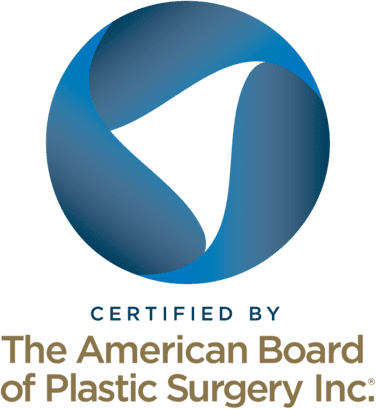Since several patients of body masculinization surgery (BMS) undergo top surgery as a part of the same procedure we refer them to the top surgery timeline guide. Though specific to top surgery, steps 1-7 that cover how to get surgery–from requesting a consultation, to obtaining insurance approval and completing all other preoperative requirements–are all the same for any type of body contouring procedure.
Slight changes in skin sensation that last beyond the first month of recovery are normal. Though serious complications for body contouring procedures are rare, they can include fluid build-up, infection, blood clots, or nerve damage. For this reason, it’s important to choose a highly skilled and experienced board certified surgeon for your liposuction and/or fat grafting surgery.
The final results of your liposuction procedure should be visible once three months have passed since your operation. The final results of a fat transfer procedure can take up to six months post-op to be visible.
Patients can usually return to work 1-2 weeks after a Brazilian Butt Lift and/or hip augmentation fat transfer. Though patients should avoid strenuous exercise for the first two months post-op, they should engage in frequent walks as maintaining good blood circulation is essential to making sure the injected fat “holds.” Patients will be sent home from the hospital with a compression garment that they should wear 24/7 for at least the first month after surgery. Additionally, during the first month, patients should avoid sitting on their buttocks and sleep head-down to not put any pressure on the augmented site. Dietary recommendations include staying hydrated, eating healthy fats (e.g., salmon, avocado, …
Pain usually only lasts up to five days after the operation, wherein a patient can discontinue their use of painkillers. Patients will experience heightened amounts of swelling, lumpiness and bruising of the liposuction areas during the first week, which may persist through the first month of recovery. At about 1-2 weeks post-op a patient will be cleared to return to work and resume most regular life activities. Light walking through the first few weeks is recommended to help with healing. That said, strenuous exercise should be avoided for at least the first six weeks after surgery. Incisions are often closed with absorbable sutures that will not need to be taken …
Generally speaking, if the host tissue accepts the fat that is transferred or grafted into it, the results are essentially permanent, meaning they can be life long. By the six month mark post-op, patients should be able to see their final results. However, even if the fat transfer is successful, if the patient undergoes weight loss and loses overall body fat naturally, the area that was grafted will also shrink in size.
When it comes to body feminization surgery, patients often ask how they can maximize their results. At the GCC, we caution patients against rapid weight gain before surgery for two reasons. First, it can be challenging to maintain a sustainable weight that is not natural for our lifestyle without significant continuous effort. Significant weight fluctuation post-op can affect your final results. Second, the type of fat that is available for grafting is called “subcutaneous fat” which refers to fat that is stored just beneath the skin. Often, the fat that appears from short-term, unsustainable weight gain is called “mesenteric,” referring to the fat that accumulates around the intestines. “Mesenteric” fat …
Absolutely! It is very common for our patients to undergo liposuction during their top surgery. Though they can be combined, the recovery processes for a fat transfer, such as a BBL, and a breast augmentation when combined can be particularly complicated. If you would like to discuss your eligibility for surgery and create a plan to meet your unique gender goals, you can speak with one of our board-certified plastic surgeons in a free, virtual consultation.
Though hormone replacement therapy (HRT) is not a requirement for surgery, it can have a positive effect on fat redistribution and changing someone’s gluteal shape. For patients whose transition process involves HRT, we recommend that you wait until at least a year has passed on hormones before undergoing a body contouring procedure. Still, many patients experience difficulty with reducing or increasing fat reserves around the hips, legs and buttocks with HRT, exercise and diet alone. This is why even with hormone usage, some find it necessary to undergo a body contouring procedure to feel aligned with the shape of their bodies.
Many trans, non-binary and gender expansive patients need to travel to access a board-certified, highly experienced gender affirming surgeon. At the GCC, we are very accustomed to working with patients from out of town. For recommendations on travel and lodging, click here. We have also compiled a guide on preoperative consultations and post-operative follow-up protocols for patients who do not live in the San Francisco Bay Area.
Request a Free Surgical Consultation Today.
All virtual and in-person consultations with our board-certified surgeons are free. Once you fill out this form, our patient care team will reach out and guide you through every step to get to surgery.




